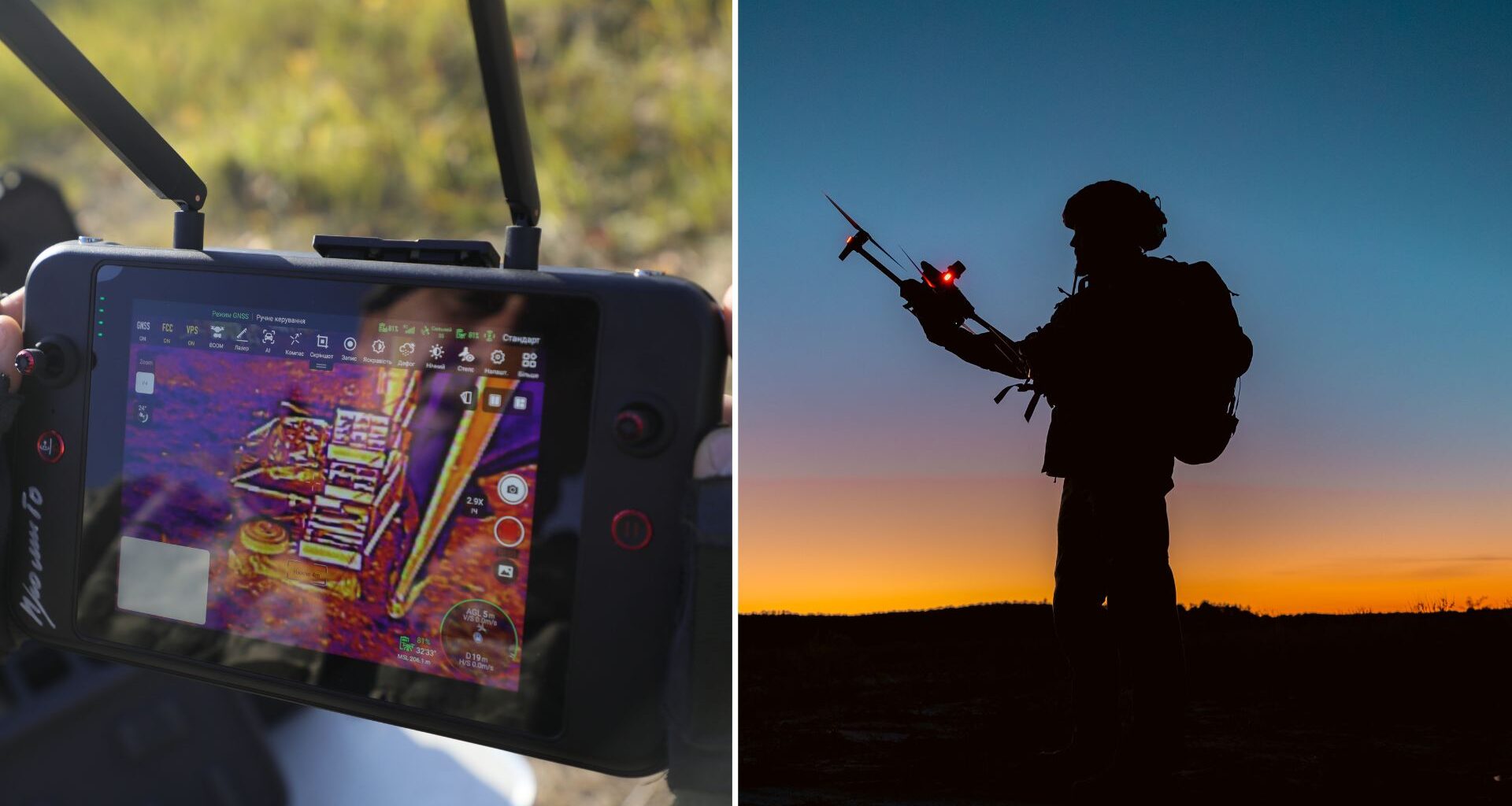A video game-style drone attack system has gone viral among Ukrainian military units, turning real-life warfare into a digital competition.
The “Army of Drones Bonus System” rewards soldiers for successful strikes with points that can be exchanged for more weapons and advanced drones.
Ukraine’s First Deputy Prime Minister Mykhailo Fedorov told The Guardian that drone teams killed or wounded 18,000 Russian soldiers in September alone. Around 400 drone units now take part in the system, up from 95 in August. “It’s become truly popular among units,” he stated.
“All the defense forces know about this, and there’s competition for the points, for getting these drones, electronic warfare systems, and other things to help them in warfighting.”
The system operates through an online platform called Brave1, often described as an “Amazon-for-war.” It offers over 100 kinds of drones and autonomous systems. Teams such as Achilles and Phoenix dominate the leaderboard, earning points for confirmed kills and other mission results.
How the gamified system works
The bonus system was launched over a year ago to motivate drone teams and enhance efficiency on the battlefield. Ukrainian officials recently doubled the points for killing Russian infantry from six to twelve, a change that has led to higher casualty figures.
The program now extends beyond combat drones. Artillery and reconnaissance teams earn points for confirmed strikes or for spotting enemy targets. Even logistics units can score by using autonomous vehicles to deliver supplies instead of humans.
Fedorov highlighted that the military is now encouraging the use of drones partially controlled by artificial intelligence to improve targeting accuracy.
“The more infantry you kill, the more drones you get to kill more infantry,” he explained. “This is becoming kind of a self-reinforcing cycle.”
AI and “Uber targeting” change the battlefield
Ukrainian reconnaissance teams use what they call “Uber targeting,” a system inspired by the ride-hailing app. “You basically drop a pin on the map like you would drop yourself on a Uber map for a taxi, but instead of the taxi a drone from another unit hits the target,” he elaborated.
Points are also awarded for specific missions. Killing an enemy drone operator earns 25 points, while capturing a Russian soldier earns 120 points. The Ukrainian cabinet approves the reward system, which has become highly technical.
“We’re at war for four years in a row, and it is hard,” Fedorov noted. “We’re just finding ways to be more effective. We’re thinking of this as just part of our everyday job.”
Drone operators often work close to the frontlines, sometimes within 250 meters (820 feet), guiding their machines with computer screens and controllers. Yuriy Fedorenko, commander of the Achilles drone regiment, shared that skill and discipline matter more than gaming experience.
“Disciplined people are the best pilots,” he said. “Of course, if you’re younger, you can stay awake longer, and you need less time to restore your strength. But if the person is disciplined, that’s a good drone operator.”
Data, competition, and the future of drone warfare
The competition among units is fierce but cooperative when combat intensifies. Commander Andriy Poltoratskyi described, “The whole unit has a competition. The drone operators compete with each other. Groups of drone operators compete with other groups. Even the highest commanders compete with each other.”
He added that when Russians launch offensives, “the competition stops and everybody works together.”
The gamified system has also produced a large dataset that helps the Ukrainian military study the “mathematics of war.”
Fedorov explained, “Thanks to the points, we’re actually starting to understand more about what’s happening in the battlefield.” Each strike must be verified by video, allowing the government to analyze which weapons and tactics are most effective.
While the approach has boosted morale and efficiency, analysts warn that heavy reliance on drones may not be sustainable. Experts from the Royal United Services Institute have urged NATO countries to maintain focus on traditional artillery and aircraft.
